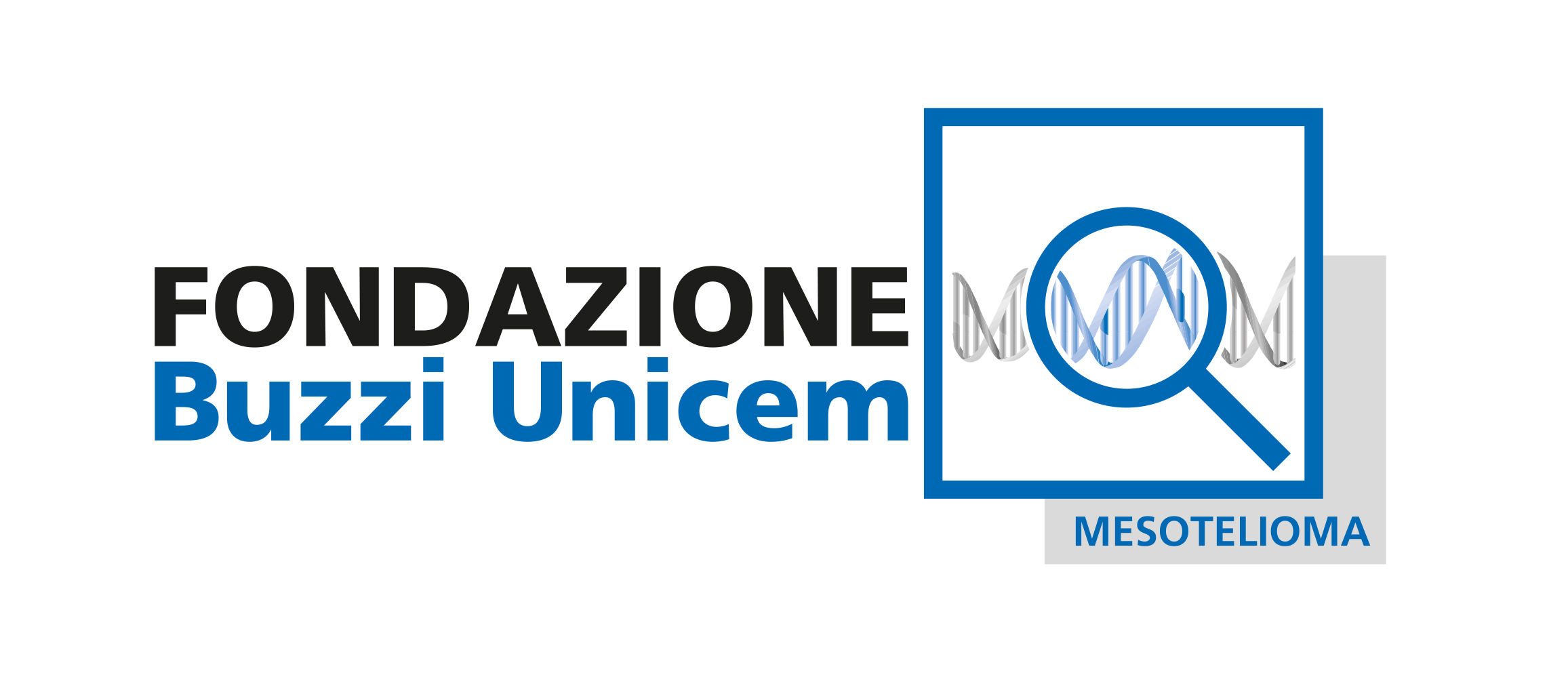As a Foundation, we feel it is our duty to share a few thoughts arising from the National Asbestos Plan presented at Casale on 8/3/2013. We are referring specifically to the chapter “Health protection macro area”, and the following points in particular: 1. Epidemiology, 2. Basic and clinical research, 4. Therapy and rehabilitation system and the actions of Dr. Fabrizio Oleari and Dr. Musumeci.
The National Asbestos Plan is the end result of work conducted by experts, committees, etc., from the Ministries of Health, Environment, and Labor; there was somewhat of a forewarning at Casale last September, when a technical-scientific Council was appointed to prepare the proceedings of the Venice conference (November 2012), to which the Foundation had been invited and was introduced by Dr. Tassi, a member of the Foundation’s scientific committee.
However, the Foundation was not invited nor even mentioned when the plan was presented at Casale on 8/4/2013.
The most likely reason is that practically none of the research activities and results that the Foundation has been following for years was deemed “interesting”; on the other hand, a couple of projects funded in the past were incorporated into the plan and represented, as previously (15 December 2012, Conference at Casale, University of Eastern Piedmont) in order to show a sector of academic activity so that they can qualify for public funds.
Epidemiology. Our analysis begins with “Point 1” chapter “Epidemiology” (pages 11,12) which deals with the development of the RE(registry)NA(national)AM(asbestos) and the important topic of “Prevention”. In fact, it only describes how to bureaucratically organize the regional reference centers and interface with INAIL; there is no mention of the possibility of conducting research to develop a VACCINE (initiated by a study funded by the Foundation), which could actually be investigated in a sample population such as at Casale or other sites contaminated by asbestos, and which is in fact the only new preventive approach. It was not even taken into consideration, no-one contacted the researchers who conducted this work, which was published in the International Journal of Cancer with a high “impact factor”.
Basic and clinical research. The “Background” section on page 19 emphasizes the lack of promising results from basic research, but in fact it stretches the truth about the negative elements. It seems as if they are insisting on the need to continue genetic research, conducted at Novara and funded at the time by the Foundation, to the detriment of research on biomarkers which appears to be much more promising and is being performed by another department at the same University. On page 20, the points describing the health action plant are all associated with university representatives: Magnani University of Eastern Piedmont for health monitoring, Scagliotti, University of Turin - San Luigi Orbassano for translational and biobank research, De Maria, Ist. Regina Elena of Rome for stem cell research, all of which will be coordinated by Dr. Musumeci from the Ministry. The feeling is that they have created an organization chart, not a project.
Virtual biobank. They talk about creating a virtual biobank, but not connecting those that are already sharing data and projects. In fact, the technical-scientific Council does not work because the subjects are very different in terms of expertise and scientific value; they are not interested in the work done up to now, they have not taken into consideration researchers who have published a large number of sientific articles and/or who is working on innovative radiology and surgery techniques in Piedmont and outside the region; they propose the Piedmont approach as a national protocol, but for mesothelioma they follow the directives for lung tumors and insist on performing 6 cycles of 1st-line chemotherapy (often without intermediate check-ups), thus delivering a drugged patient who can no longer be enrolled in the few 2nd-line clinical trials that are open, and/or a total pleurectomy (the only protocol that is practiced in Novara).
In the Casale area, we are trying to improve cooperation with Alessandria, a hospital that can work at a high level but does not have a head oncologist, and with the Biological Bank consolidated at San Luigi di Orbassano.
Conclusions. With respect to the sections analyzed above, the Plan is old and presumptuous in terms of content and organization; it shows that they do not want to encourage new prevention and early diagnosis methods (by ignoring the vaccine hypothesis) and that they have not taken into account the significant ineffectiveness of chemotherapy (by not promoting studies of new 2nd-line drugs, for example by creating a clear legislative dispensation to accelerate ethics committee procedures). Also, they gloss over the radiology/surgery approach (which was discussed at the Venice conference), even though this procedure is very competently performed in Piedmont and Lombardy.
Under the pretext of standardizing a procedure and identifying centers that have been accredited to treat patients, it does not in fact solve the problem and instead we assume that that these resources will be used to cover the actual management expenses of accredited university and/or hospital centers.
Operating within this structure, the role of the Foundation will be problematic in terms of sponsoring translational studies that will lead to clinical trials of new drugs: a clear understanding of patient associations and general practitioners would be desirable to push drugs that they can be sure will not be blocked by bureaucratic red tape.
Why does the national plan not include specific “data manager” figures to manage clinical trial protocols?
Why does it discuss “rare tumor network” centers in general without making any distinction for a disease that does not follow any network model in terms of the diagnosis, prognosis, progression, and behavior versus the traditional protocol?
Why does the plan not take into account more recent research and studies that have been initiated in Europe and the USA?
These are our thoughts and questions.
